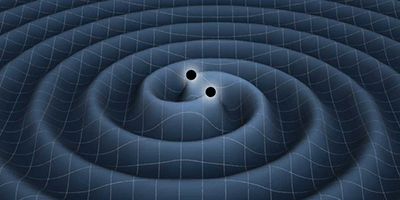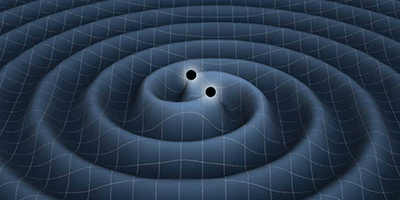Keeping Track of Nonconservative Forces
Students learning classical mechanics cut their teeth on some rather artificial sounding problems, like pendulums swinging in vacuum or a bead sliding down a frictionless metal hoop. But in “real-world” calculations, dissipation that comes from nonconservative forces, such as friction, can’t be ignored. In Physical Review Letters, Chad Galley of the California Institute of Technology in Pasadena reports a new way to account for dissipation in the Lagrange equations of motion, a capability that was previously possible only for limited types of forces.
The widely used Lagrange equations can be derived from Hamilton’s principle, which says that a moving particle will follow the trajectory that minimizes the difference between its kinetic and potential energy, called the path of least action. The equations predict the same path for an object under a force as that found with Newton’s laws, but are often easier to solve because they depend on the energy of a system, rather than the vector forces acting upon it. Although ubiquitous in physics, the principle has a well-known limitation: it can’t account for the irreversible effects of energy loss. Galley found a way to modify the principle with a term that captures the energy entering or leaving the system. He has already used the formalism to determine the reaction force on two inspiraling massive bodies (like neutron stars or black holes) that comes from the emission of gravity waves (Physical Review D). The same approach could be applied to finding the motion of an object in a viscous medium or the energy dissipated by a quantum system. – Jessica Thomas





